- News
- Reviews
- Bikes
- Components
- Bar tape & grips
- Bottom brackets
- Brake & gear cables
- Brake & STI levers
- Brake pads & spares
- Brakes
- Cassettes & freewheels
- Chains
- Chainsets & chainrings
- Derailleurs - front
- Derailleurs - rear
- Forks
- Gear levers & shifters
- Groupsets
- Handlebars & extensions
- Headsets
- Hubs
- Inner tubes
- Pedals
- Quick releases & skewers
- Saddles
- Seatposts
- Stems
- Wheels
- Tyres
- Tubeless valves
- Accessories
- Accessories - misc
- Computer mounts
- Bags
- Bar ends
- Bike bags & cases
- Bottle cages
- Bottles
- Cameras
- Car racks
- Child seats
- Computers
- Glasses
- GPS units
- Helmets
- Lights - front
- Lights - rear
- Lights - sets
- Locks
- Mirrors
- Mudguards
- Racks
- Pumps & CO2 inflators
- Puncture kits
- Reflectives
- Smart watches
- Stands and racks
- Trailers
- Clothing
- Health, fitness and nutrition
- Tools and workshop
- Miscellaneous
- Buyers Guides
- Features
- Forum
- Recommends
- Podcast
 2022 Giant Dash L200 GPS cycling computer - screen 4.jpg
2022 Giant Dash L200 GPS cycling computer - screen 4.jpg£289.99
VERDICT:
A cycling computer with a lot of data and many promises of performance, but unreliable user experience
Great screen
Extensive customisation
Accurate GPS
Poor battery life
Unreliable performance
No Di2 compatibility or live tracking
Weight:
106g
Contact:
At road.cc every product is thoroughly tested for as long as it takes to get a proper insight into how well it works. Our reviewers are experienced cyclists that we trust to be objective. While we strive to ensure that opinions expressed are backed up by facts, reviews are by their nature an informed opinion, not a definitive verdict. We don't intentionally try to break anything (except locks) but we do try to look for weak points in any design. The overall score is not just an average of the other scores: it reflects both a product's function and value – with value determined by how a product compares with items of similar spec, quality, and price.
What the road.cc scores meanGood scores are more common than bad, because fortunately good products are more common than bad.
- Exceptional
- Excellent
- Very Good
- Good
- Quite good
- Average
- Not so good
- Poor
- Bad
- Appalling
The Giant Dash L200 cycling computer promises to unlock the secrets of becoming a champion of local Strava segments – and this data-rich computer is certainly one to please any data nerds. However, even though it does offer great amounts of data, the overall user experience is slightly clunky, and its reliability is not quite on a par with the best cycling computers at this price.
> Buy now: Giant/Stages Dash L200 for £226 from Sigma Sports
The Giant Dash L200 is actually powered by Stages, meaning that the Stages Dash L200 is the exact same device (though, oddly, more expensive at rrp...). Both use the Stages Link phone app for customisation and data transfer, and they share the same aesthetics bar one saying 'Stages' on the box and the other 'Giant'.
Design
The L200 has a 2.7in Stages Everbrite screen which promises vivid colours and crisp detail. There is also a built-in sensor that should brighten or dim to optimise visibility and run-time in variable light – more on that below.
The screen is slightly larger than the Garmin 530's and the same as Wahoo's Elemnt Roam v2, which it resembles a lot in looks. You can set it so it's landscape not portrait – if you want to have the device horizontally on the handlebar – which is a pretty cool feature, and the only one I know of that does this.
The screen size means you can really cram in a lot of data fields, and customising them is actually a pleasurable experience in the Stages Link app – once you get the hang of it.
For navigating everything, the L200 has four buttons at the bottom, and one on the left side.
The bottom four are made of rubber and sit quite deep, meaning dirt and water can gather in the recess. This is more of an annoyance than something that affects performance – especially as the device is claimed to be IP57 dust and waterproof – but then again, I wasn't that impressed with their performance. They require quite a firm push, and if you're wearing gloves it's even harder to do. And when you do push them, the lower part of the screen seems to take an impact from it, displaying multicoloured tones around it.
The force needed to navigate the buttons also radiates down to the mount, which is a typical quarter-turn design. It's a good, universal mount that's easy to replace if you need to, but the connection with the L200 isn't the most secure and leaves the device with a little wiggle room. When I tried the L200 on my existing Garmin mount, it sat nice and tight.
Performance
Unfortunately, the performance of the L200 was below average, and doesn't deliver quite as much as other cycling computers in this price range.
There is no Di2/eTap connectivity – although Giant says it should be coming. For me, this wasn’t a huge downside, but the L200 definitely loses to major competitors as increasingly, this connectivity is a standard.
Giant claims the Dash L200 has a battery life of up to 24 hours with its 2300 mAh battery, and over 11 if you're using navigation and connecting sensors. Based on my test rides, I found it just about reached the 11-hour mark with navigation and a heart rate monitor connected and the screen brightness manually adjusted to 50 per cent. In regular use, my typical 30km loop (about 1h15m ride) sometimes drained 20 per cent of the battery without any sensors or navigation, so I do not see it getting to 24 hours in many scenarios – unless you had the battery saving on. Turning on the battery-saving mode improves the battery life but limits the use of the device a lot, as it turns the screen off after 10 seconds of inactivity.
I think the biggest issue with the battery life is the screen brightness and its variations (especially the auto-brightness). More on that in a mo.
Navigation-wise the Dash L200 didn't really blow me away, but it did the job. It reroutes in case of wrong turns, and the route is easy to follow on the screen (if the brightness stays at what you want it to be).
It does lack a live tracking feature, though, which I like to use on my device if I am riding in unknown areas alone. Live tracking, in devices that offer it, allows you to share a link to a friend/partner so they can see where you are and, in some cases, also see your ride statistics.
The real downfall of the L200 for me, though, was the device's inconsistency, not only with the battery life but overall. Both the Giant and Stages versions I've been riding with crashed three times each in the first few weeks of testing, and although this seems to have stopped since the latest hardware updates, it's hardly confidence-inspiring from brand new devices.
The computer also froze once when I was riding in the rain, which then resulted in the ride file disappearing – and me doing the rest of the ride without the device restarting until it was plugged in to charge.
As for the screen's auto-adjusting mode, which I mentioned above, the light sensor is meant to decide what brightness the screen should be, but most of the time it was impossible for me to see anything on the screen, even in bright daylight. You can turn this off, though, and without it the screen was easy to read – although I prefer a more detailed map view with more colour than just the route and the completed ride.
Data
Data is really what the L200 excels in. The customisation of the screens through the Stages app is really great and enables you to display exactly the numbers you want to see – even split the screen into eight wee data blocks – and the Stages App offers basic after-ride metrics.
The device connects easily with a heart rate monitor, and though it is a little slow to pick up GPS signal (using GPS and QZSS with SBAS networks) it is accurate even on off-road routes.
The Dash L200 connects easily to any Bluetooth or ANT+ sensors so you can also use it with your indoor trainer for training purposes. It uses Bluetooth to sync with the Stages App and this connection worked really well, both in uploading completed rides and downloading routes. At 16G the memory of the device is standard and will take a while to get full with simple .gpx and .fit files.
Value and conclusion
Unfortunately, the Dash L200 leaves much to be desired. Although it became more reliable through the testing period, it struggles to compete against other cycling computers in the same price range.
At £289, the L200 is £29 more than Garmin's £259.99 Edge 530, which Rachael reviewed on our sister site off.road.cc last year and £25 more than Wahoo's £264.99 Elemnt Bolt, which Mat reviewed last year, both of which offer far better performance – despite the screen customisation being worse on the Bolt.
Bryton's S500E GP is also cheaper at £259.99, the same as the Edge 530, and was highly ranked by Anna – and it offers live tracking which the Dash L200 lacks.
Overall, the Dash L200 does offer great customisation and the screen is good, but if you are looking for a reliable navigation partner, this is not the best option out there.
Verdict
A cycling computer with a lot of data and many promises of performance, but unreliable user experience
road.cc test report
Make and model: Giant Dash L200 GPS cycling computer
Size tested: One Size
Tell us what the product is for and who it's aimed at. What do the manufacturers say about it? How does that compare to your own feelings about it?
Giant describes the Dash L200 cycling computer as follows: "The redesigned, reimagined Giant Dash L200. Built for Performance. Featuring a brilliant 2.7' full-color screen, cycling-specific maps, and a full assortment of training features. Automatic profiles make Dash the easiest computer to use with every bike, and the Stages Cycling app makes it the easiest computer to customize. No matter where or how you ride, Dash allows you to simply hop on and go."
I agree with some of the claims.
Tell us some more about the technical aspects of the product?
From Giant:
Weight: 104g
Size: 94x60x22mm
Waterproof rating: IP57
Connections: BLE/ANT+/WiFi
Battery type: USB rechargeable lithium-ion
Battery run time: 11+ hours while using maps, backlight, courses, power and heart rate sensors
Satellite Network: GPS and QZSS with SBAS
External memory storage: 16GB
Rate the product for quality of construction:
7/10
It did stop working after a rainy ride once despite the IP57 rating... but has since been okay (and not in as much rain).
Rate the product for performance:
4/10
Rate the product for durability:
7/10
Early days, but I can't see why this device won't last for a long time.
Rate the product for weight (if applicable)
5/10
At 106g this is heavier than e.g. a Garmin Edge 530 (76g) and Wahoo Elemnt Bolt (95g).
Rate the product for comfort (if applicable)
6/10
Buttons require a firm push.
Rate the product for value:
3/10
It costs more than a Garmin 530 (£260) and Wahoo Elemnt Bolt (£265) and really struggles to compete against these in terms of quality, battery life and reliability.
Tell us how the product performed overall when used for its designed purpose
The L200 claims to be built for performance, but it did not really perform well in terms of reliability. The screen, although good, did not work well in auto-adjusting to different light situations, and when not in power saving mode, used a considerable amount of battery.
The customisation of the data screens is excellent.
Tell us what you particularly liked about the product
It looks quite nice.
Tell us what you particularly disliked about the product
The unreliable system, the buttons require too much force, and the screen auto-brightness doesn't really work.
How does the price compare to that of similar products in the market, including ones recently tested on road.cc?
It's a little more than Garmin's 530 (£259.99) and Wahoo's Elemnt Bolt (£264.99) but really struggles to compete against these in terms of quality, battery life and reliability. The Bryton S500E GP is another cheaper option (£259.99), which also offers live tracking.
Did you enjoy using the product? No
Would you consider buying the product? No
Would you recommend the product to a friend? No
Use this box to explain your overall score
The Giant Dash L200 is a very average cycling computer. It has a great screen, offers a lot of data and customisation for those who want a computer for training, but if you want a device that will navigate you home from unknown forest roads, I would steer away from this one because of the unreliable performance both in terms of the system and battery life.
Considering it feels like a somewhat unfinished product in terms of the stability of the firmware, I think it is also slightly overpriced – although if the battery life and system crashing were fixed, this could be good for someone who loves data and customisable screens.
About the tester
Age: 30
I usually ride: Specialized Tarmac Sl6 My best bike is:
I've been riding for: 5-10 years I ride: Every day I would class myself as: Expert
I regularly do the following types of riding: cyclo cross, commuting, touring, general fitness riding, Ultra-distances
Latest Comments
- stonojnr 1 sec ago
Crikey memories of Eurosport soon vanished didn't they, they were never shy of an ad break
- Rendel Harris 1 hour 15 min ago
Apart from the fact that you're completely wrong - Decathlon is a French company and has 1045 stores in Europe compared to 50 in the UK - whilst...
- hawkinspeter 3 hours 20 min ago
Finally tried out the Smart Lever that I did get for Xmas as I had a suspicious looking bubble/bump on my rear GoodYear tyre (don't think I'll buy...
- Shake 3 hours 21 min ago
What is going on, why the constant hate? Why would you think this is ok.
- pockstone 3 hours 46 min ago
Suitable reply, No Reply.
- chrisonabike 6 hours 23 min ago
Further motoring exemptions have been highlighted by a certain celebrity lawyer: needing the loo, being a well-known footballer...
- Pub bike 6 hours 55 min ago
Seems like an attempt at a Carradice bagman without Carradice's experience.
- Sam3 8 hours 5 min ago
90 million eleigble voters chose to NOT endorse either one of them...
- David9694 8 hours 53 min ago
My caption is "you can't carry a wardrobe on a bike - oh" or "Je pensais que c'était un paquet plat"



















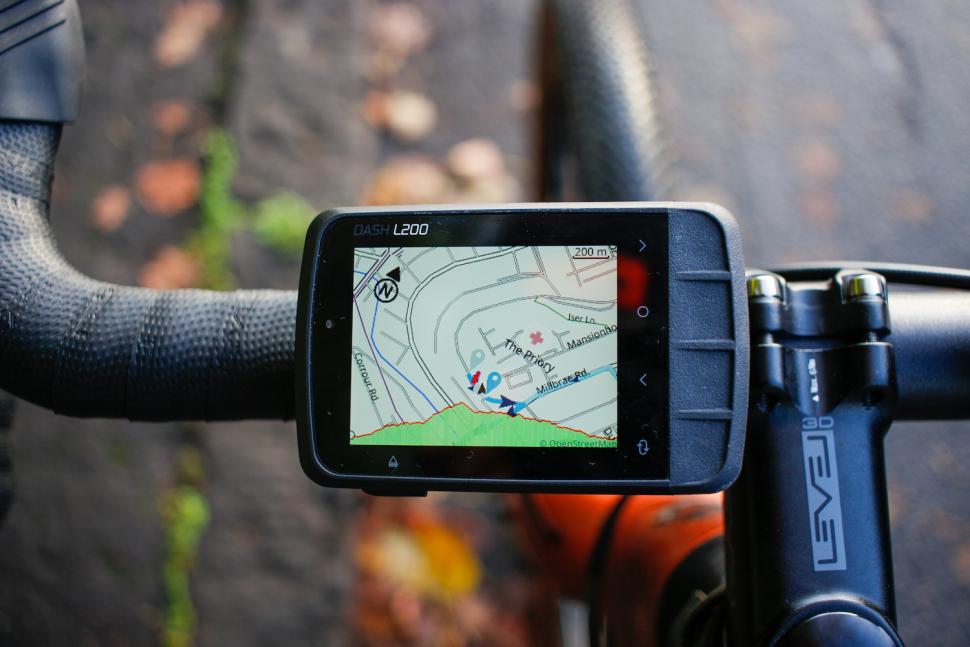
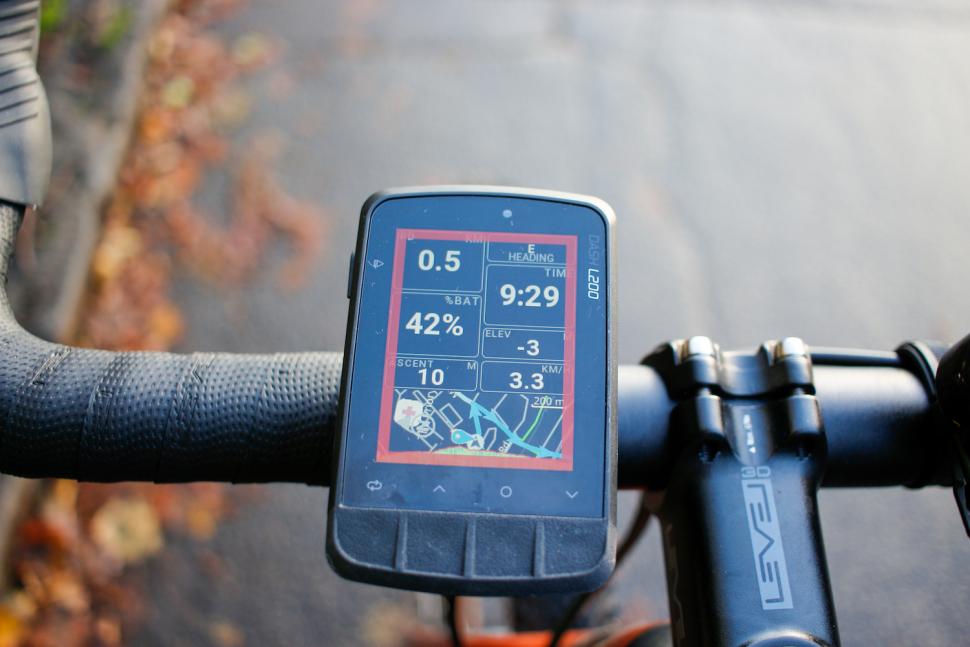
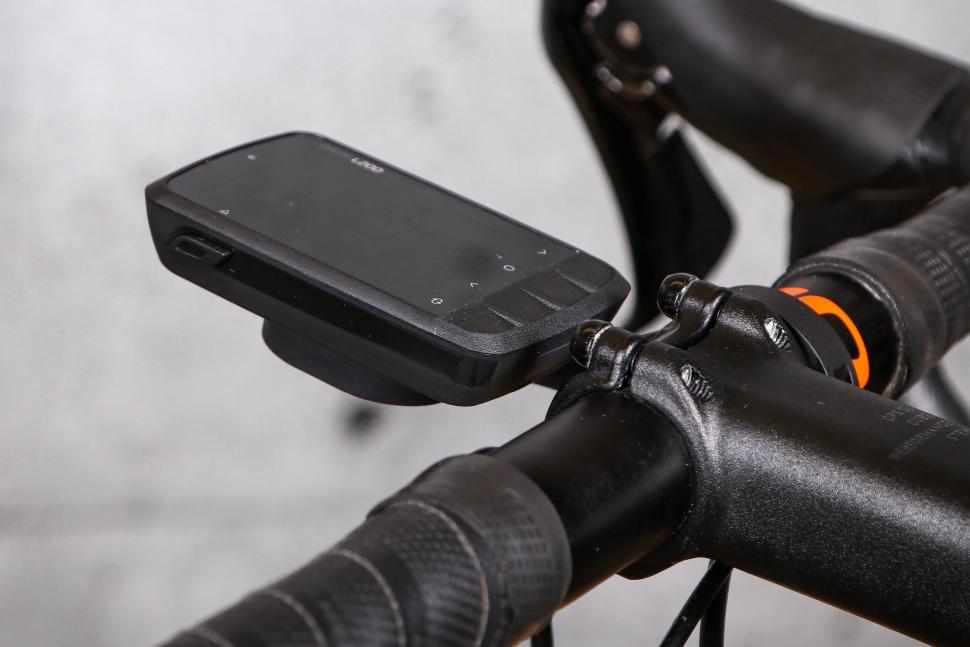


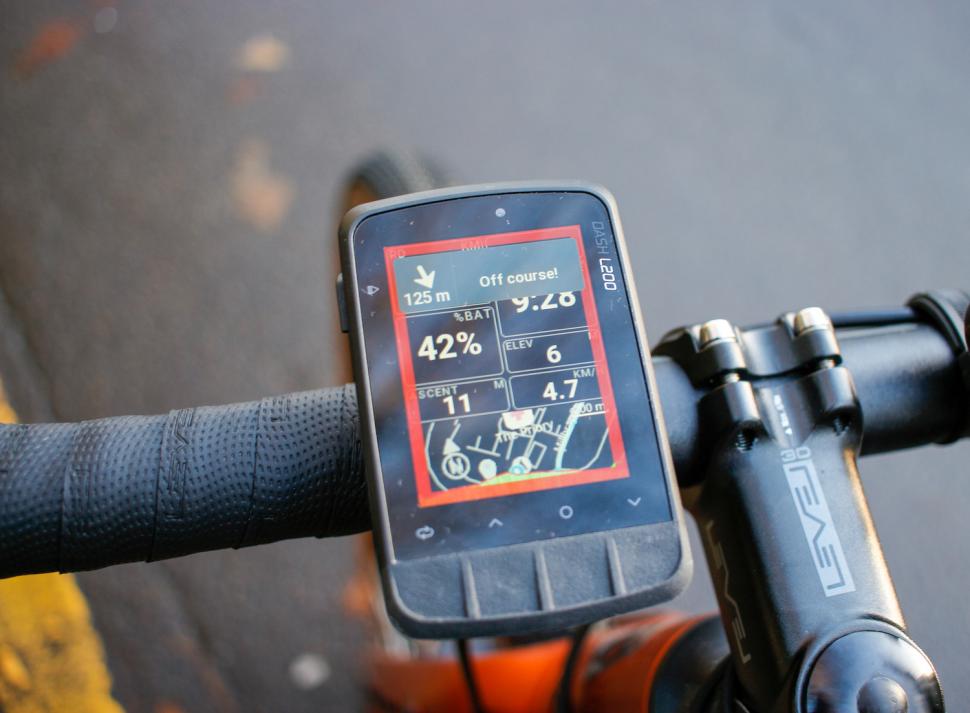
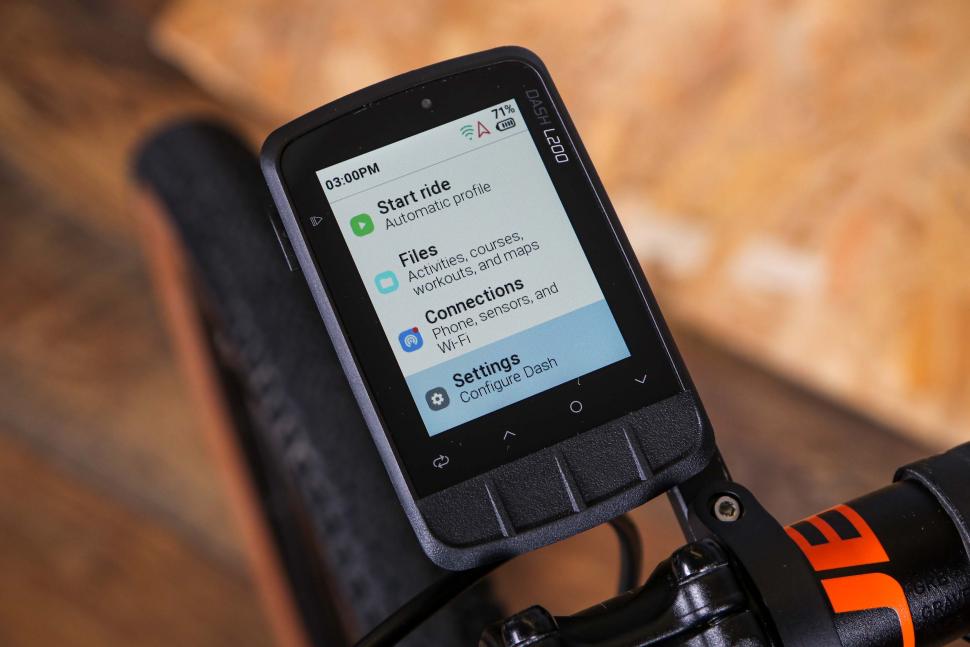

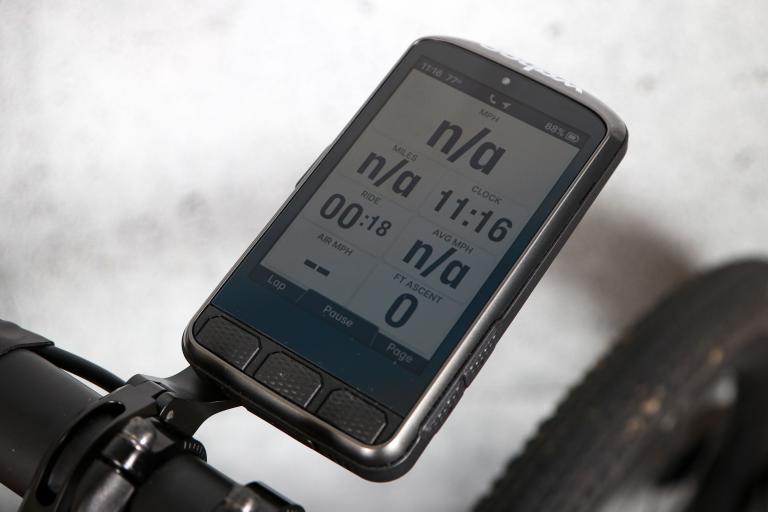
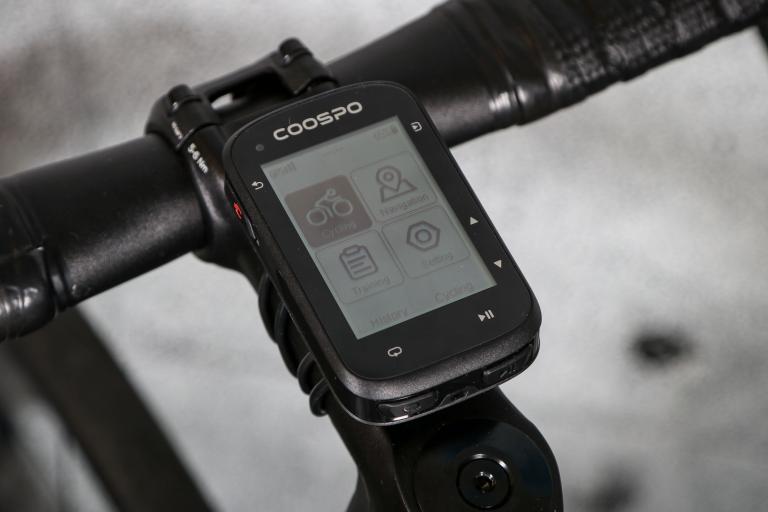
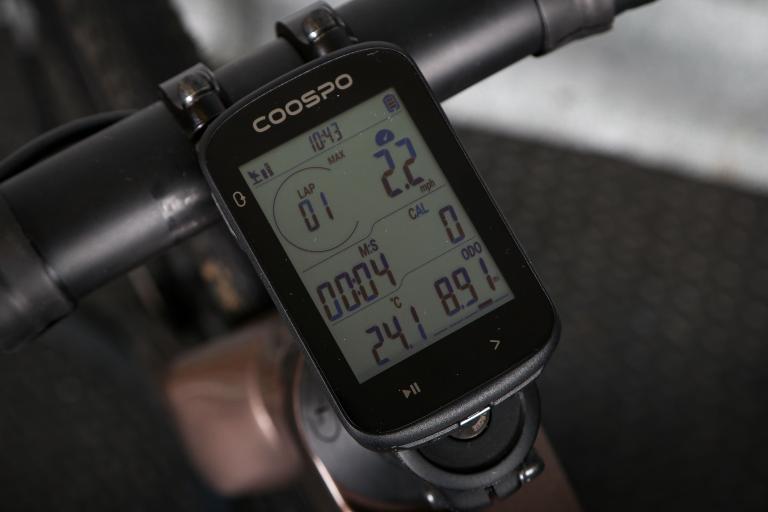
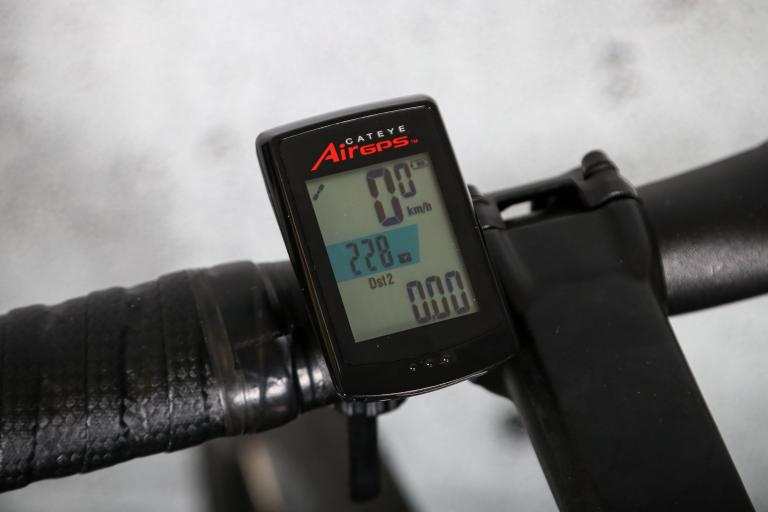
Add new comment
3 comments
Full disclosure: I currently use a Stages M50 which I picked up for £20 second hand. Before that I used a Bolt v1, and I've just bought a Stages L200- albeit for £150 rather than RRP. So you could argue I am biased.
Appreciate you can only review what you've been given, but feels a little harsh to mark down for crashes which have since been fixed with firmware updates- especially considering the fairly widespread user experience of v2 Bolts and Roams crashing on long distance rides which virtually no review picked up on. Also, it feels a bit weird that you don't even mention the other USP of Stages computers (the first USP being the landscape/portrait thing)- the colour wheel. At first I thought it was a bit gimmicky, but it's actually a really great way of easily being able to track your effort based on either power or heartrate.
The review also says the claimed battery life is 24 hours. Where did you get that? Stages website claims 18 hours in reduced power mode, Giant website says 11 hours with sensors.
Finally, you could argue either way whether this should factor into a review, but according to DC Rainmaker the development team is based in Ukraine- so firmware development has understandably taken a bit of a productivity hit.
Hello! The battery life of 24h is from Giant's website. https://www.giant-bicycles.com/gb/dash-l200-2022
Thanks for the reply- I clearly didn't read the Giant website properly. Weird that Giant and Stages claim different battery life, given they're the same unit underneath.